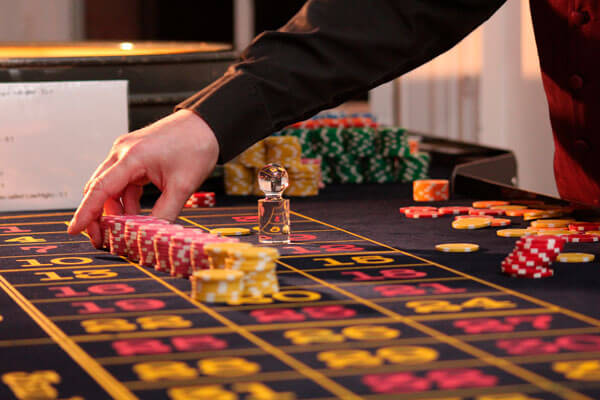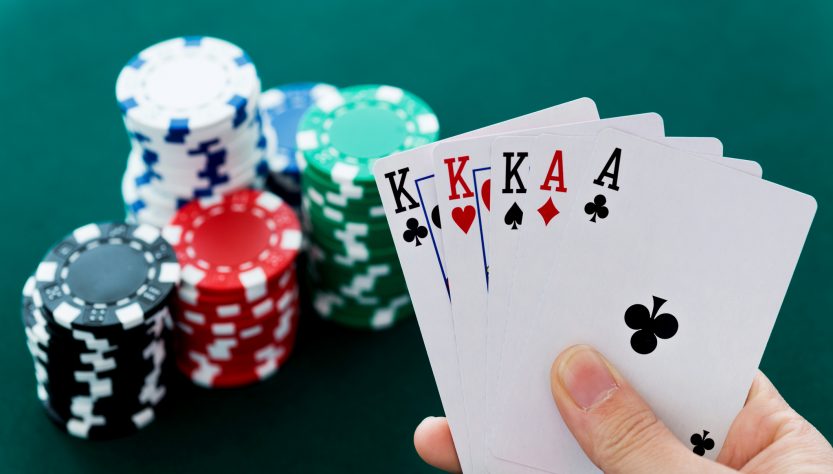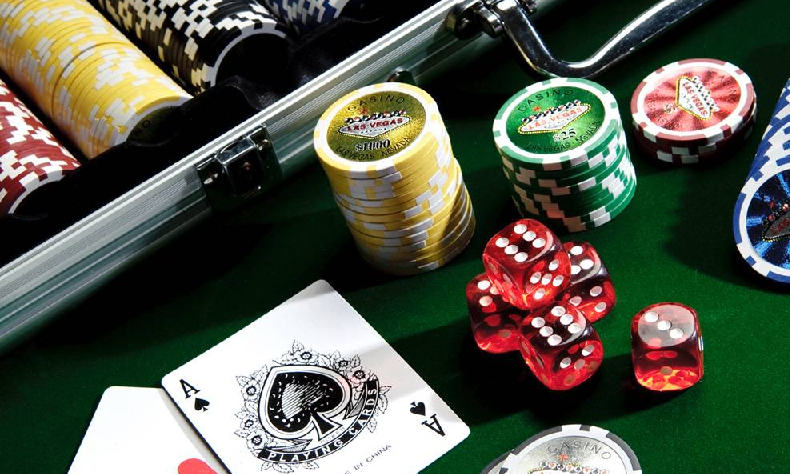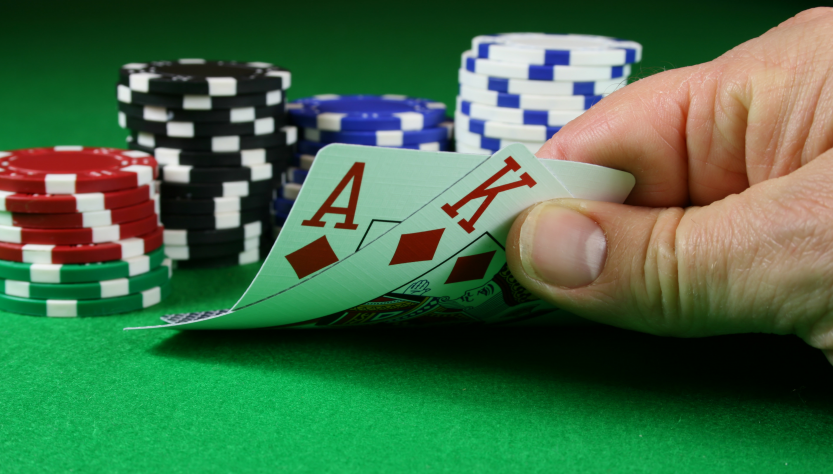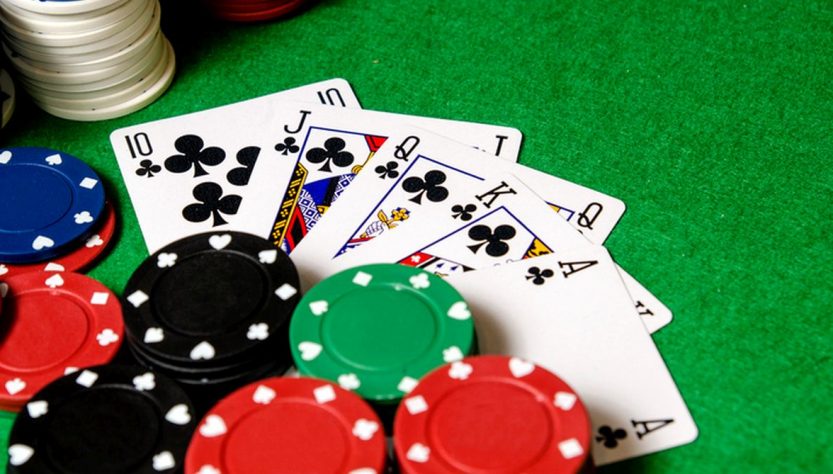Each player receives one more open card, which is called “Sixth Street”. And again the first player to go is whose open hand is the strongest. Next are the usual auctions.
Seventh Street, or River
Each player receives the last face down card. As in other streets, the player with the strongest open hand goes first. If after the completion of the last round of bidding there are several players in the game, the showdown occurs.
Showdown and determination of the winner
If there are several players remaining in the game, then after the last round of bidding is completed, the player who made the last bet or raise opens his cards first. If there were no bets in the last round, the player in the very first place shows his cards (1 place, then 2, etc.). Then the cards open clockwise.
The player with the best five-card low combination takes the pot. Remember that (unlike the seven-card herd of high-low and Omaha high-low), there is no “qualifier” in razz, that is, the strongest low-combination takes the entire bank. After this, a new distribution begins.
If two or more players have collected equivalent combinations, then the bank is divided equally between them. When determining the winner, suits are not taken into account.
Player Actions
In the herd, as in most other types of poker, the player can fold, check, bet (bet), call or raise. The availability of certain actions depends on the actions of previous players. If no one has placed a bet before you, then you can place a bet or play a check (refuse the bet, but not fold the cards). If one of the players has made a bet, subsequent players may fold, call or raise. “Calling” means placing the number of chips in the bank necessary to equalize the bet of the previous player. “Raise” means to put in the pot the number of chips that exceeds the bet of the previous player. The sizes of bets and raises in limited games are strictly fixed.
Additional razz rules and situations
To determine the bring-in in raz, the seniority of cards of the same value is determined by suit in the following order: spades, hearts, tambourines and clubs. The bring-in goes to the highest suit, therefore, if at the beginning of the distribution one player has a heart of hearts and the other has a diamond, then the player with the heart of hearts will put the bring-in. (Please note that at the showdown card suits are not counted).
If the player with the highest card on third street goes all-in, betting ante, and cannot put the bring-in, then the player brings the next bring-in clockwise, regardless of his / her open cards.
Since there cannot be more than eight players at the herd table, and there are only 52 cards in the deck, it is possible that the cards in the deck run out to the seventh street. In such rare cases, one common open card is dealt, which all remaining players can use.
Other flocks
The seven-card stud in the high version is also available on Poker. iT also has a seven-card Stud Hi-Lo . In this variation of the herd, the pot is split between the best high combination and the best low combination according to the eight or better rule.…

